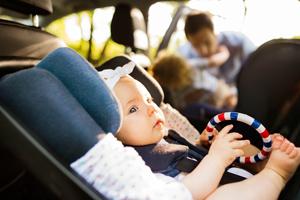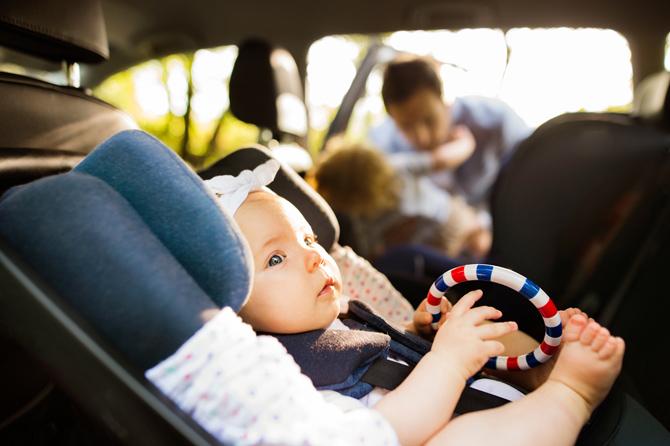The study conducted by The Ohio State Wexner Medical Center found that rear-facing car seats are efficiently safe in rear-impact collisions


ADVERTISEMENT
A new study has explored the safety of rear-facing car seats in rear-impact car crashes, and with it parents are breathing a sigh of relief.
The study conducted by The Ohio State Wexner Medical Center found that rear-facing car seats are efficiently safe in rear-impact collisions.
Rear-facing car seats have been shown to significantly reduce infant and toddler fatalities and injuries in frontal and side-impact crashes, but they're rarely discussed in terms of rear-impact collisions.
As rear-impact crashes account for more than 25 percent of all accidents, the team of researchers conducted the study to explore the effectiveness of rear-facing car seats in this scenario.
"It's a question that parents ask me a lot, because they are concerned about the child facing the impact of the crash," said Julie Mansfield, lead author of the study. "It shows parents are really thinking about where these impacts are coming from."
Mansfield and her team conducted crash tests with multiple rear-facing car seats, investigating the effects of various features like the carry handle position and anti-rebound bars.
The study showed that when used correctly, all were effective because they absorbed crash forces while controlling the motion of the child, making rear-facing car seats a good choice in this scenario.
"Even though the child is facing the direction of the impact, it doesn't mean that a rear-facing car seat isn't going to do its job," said Mansfield. "It still has lots of different features and mechanisms to absorb that crash energy and protect the child."
Mansfield said what they found aligns well with what is known from crash data in the real world, and it's important for parents to follow the recommended guidelines on the correct type of car seat for their child's height, weight and age.
"The rear-facing seat is able to support the child's head, neck and spine and keep those really vulnerable body regions well protected. These regions are especially vulnerable in the newborns and younger children whose spine and vertebrae haven't fused and fully developed yet," said Mansfield.
The research appears in the journal SAE International.
Catch up on all the latest Mumbai news, crime news, current affairs, and also a complete guide on Mumbai from food to things to do and events across the city here. Also download the new mid-day Android and iOS apps to get latest updates
This story has been sourced from a third party syndicated feed, agencies. Mid-day accepts no responsibility or liability for its dependability, trustworthiness, reliability and data of the text. Mid-day management/mid-day.com reserves the sole right to alter, delete or remove (without notice) the content in its absolute discretion for any reason whatsoever
 Subscribe today by clicking the link and stay updated with the latest news!" Click here!
Subscribe today by clicking the link and stay updated with the latest news!" Click here!






